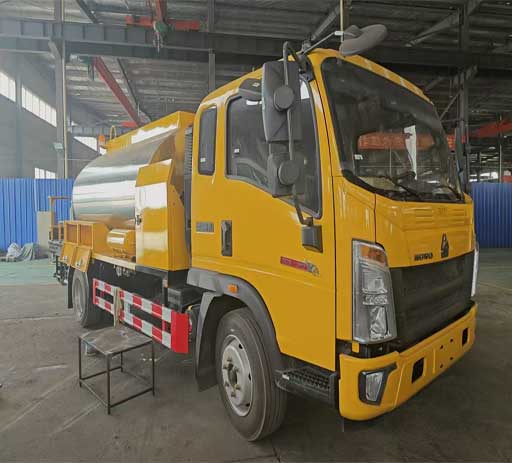Understanding International 200: A Comprehensive Guide

The term “International 200” can refer to many things, from transportation and logistics to international regulations and even cultural contexts. This article aims to provide a thorough explanation of International 200, how it operates, its significance within various industries, and practical tips for navigating it. We’ll break down its components, offer examples, and address common questions to ensure a well-rounded understanding.
What is International 200?
International 200 can pertain to numerous international standards, conventions, or contexts. Generally, it refers to guidelines that govern various aspects of international relations, trade, or transportation. Understanding its nuances is crucial for businesses, travelers, and individuals who engage in cross-border activities.
The Evolution of International Agreements
International 200 may represent the evolution of agreements that promote cooperation and standardization among nations. It’s essential to review how international agreements have developed over the years.
Historical Context
International agreements have transformed significantly from the 20th century to the present day. After World War II, mechanisms like the United Nations facilitated treaties that covered humanitarian, economic, and political domains.
Modern Developments

Today, numerous international frameworks exist, including the World Trade Organization (WTO) and the International Organization for Standardization (ISO). They aim to ensure uniformity and fair trade practices across nations.
International Transportation: The Role of International 200
In the realm of transportation, “International 200” can signify transportation standards and logistics systems. Here’s how they work.
Logistics and Supply Chain Management
Efficient logistics systems are critical for international trade. International 200 could refer to the protocols governing the movement of goods across borders.
Key Components of Logistics
- Routing and Scheduling
- Customs Clearance
- Documentation Handling
Examples of International Shipping Standards
Numerous shipping standards exist worldwide, such as the International Maritime Organization (IMO) regulations. They ensure that goods are transported safely and efficiently across the globe.
Impact on Global Trade
The “International 200” frameworks also play a significant role in global trade dynamics. Understanding these rules is vital for businesses engaging in international trade.

Trade Agreements and Regulations
Numerous trade agreements shape the international trade landscape. Notable examples include NAFTA (now USMCA) and the Trans-Pacific Partnership.
Benefits of Trade Agreements
- Lower Tariffs
- Enhanced Market Access
- Economic Growth

The Role of International Organizations
Numerous international organizations oversee the implementation and adherence to global standards linked to International 200.
Key Organizations
| Organization | Purpose |
|---|---|
| World Trade Organization (WTO) | Facilitates global trade agreements |
| International Monetary Fund (IMF) | Ensures monetary cooperation and stability |
| World Health Organization (WHO) | Sets international health standards |
Collaboration Among Nations
International organizations foster collaboration among nations, enabling them to work together towards common goals such as economic growth and health advancements.
Practical Tips for Engaging with International 200
For individuals and businesses, understanding and applying the principles of International 200 is vital for smooth operations across borders.
Staying Informed About Regulations
It’s essential to keep updated with the latest international regulations that may affect your business or travel plans.
Utilizing Resources
- Government Websites
- Trade Organizations
- Industry Publications
Consulting Experts
If you’re new to international business, consider consulting legal or logistics experts to navigate complex regulations.
Case Studies of Successful International Engagement
Examining real-world examples can provide insights into effectively engaging with International 200 standards.
Example 1: A Global E-Commerce Firm
A leading e-commerce company adapted its logistics processes to meet various international shipping standards, resulting in significant improvements in delivery times and customer satisfaction.
Example 2: International Manufacturing
A manufacturing firm successfully leveraged trade agreements to reduce tariffs, boosting their market access in several countries.
Common Challenges in International 200 Regulations
Businesses often face challenges when dealing with international regulations.
Compliance Issues
- Understanding Different Standards
- Keeping Up with Regulatory Changes
- Cultural Barriers
Strategies for Overcoming Challenges
Implementing robust compliance programs and investing in training can help businesses adapt effectively.
Future Trends in International 200
The landscape of international agreements and standards is continually evolving. Emerging trends can significantly impact global trade dynamics.
Technological Advancements
Digital tools and platforms are increasingly being used to facilitate compliance with international regulations.
The Role of Artificial Intelligence
AI is reshaping logistics by optimizing routing and improving customs clearance processes, making international trade more efficient.
FAQ Section
What does International 200 refer to?
International 200 generally pertains to standards and agreements regarding international trade, transportation, and regulatory compliance.
How can I stay informed about changes in international regulations?
Regularly check government and trade organization websites and subscribe to industry newsletters.
What are some advantages of international trade agreements?
Trade agreements can lower tariffs, enhance market access, and promote economic growth.
How can technology assist in meeting International 200 standards?
Emerging technologies, such as AI and blockchain, can streamline processes like logistics, compliance tracking, and inventory management.
What are the potential challenges of international regulations?
Challenges include understanding diverse standards, regulatory changes, and cultural differences that can affect compliance.
Can small businesses benefit from international trade?
Yes, small businesses can access new markets and diversify their revenue streams through international trade, provided they understand the regulations involved.
